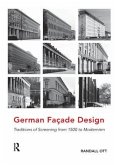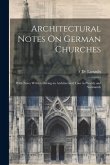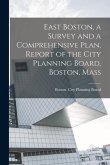Using a social approach to explain the formal aspects of early twentieth-century architecture, this book demonstrates that the move away from historical styles and towards an engagement with space was predicted in part by a shift in the public for architecture. By the 1910s German architects and their patrons addressed the working and lower middle classes in buildings which they hoped would, by being experienced in the same way regardless of social station, help transcend the country's deep political divisions.
The author vividly illustrates the ways in which buildings designed by many of Germany's most celebrated architects, such as Max Berg, Bruno Taut, Peter Behrens, Otto Bartning, Dominikus Bohm, Heinrich Tessenow, Albert Speer, Hans Henslemann and Hans Scharoun, were embedded in widely held beliefs about the power of architecture to influence society. Shared by architects and patrons across the political spectrum, these ideas inspired their attempts literally to build community.
This book vividly illustrates the ways in which buildings designed by many of Germany's most celebrated twentieth century architects were embedded in widely held beliefs about the power of architecture to influence society. German Architecture for a Mass Audience also demonstrates the way in which these modernist ideas have been challenged and transformed, most recently in the rebuilding of central Berlin.
The author vividly illustrates the ways in which buildings designed by many of Germany's most celebrated architects, such as Max Berg, Bruno Taut, Peter Behrens, Otto Bartning, Dominikus Bohm, Heinrich Tessenow, Albert Speer, Hans Henslemann and Hans Scharoun, were embedded in widely held beliefs about the power of architecture to influence society. Shared by architects and patrons across the political spectrum, these ideas inspired their attempts literally to build community.
This book vividly illustrates the ways in which buildings designed by many of Germany's most celebrated twentieth century architects were embedded in widely held beliefs about the power of architecture to influence society. German Architecture for a Mass Audience also demonstrates the way in which these modernist ideas have been challenged and transformed, most recently in the rebuilding of central Berlin.








